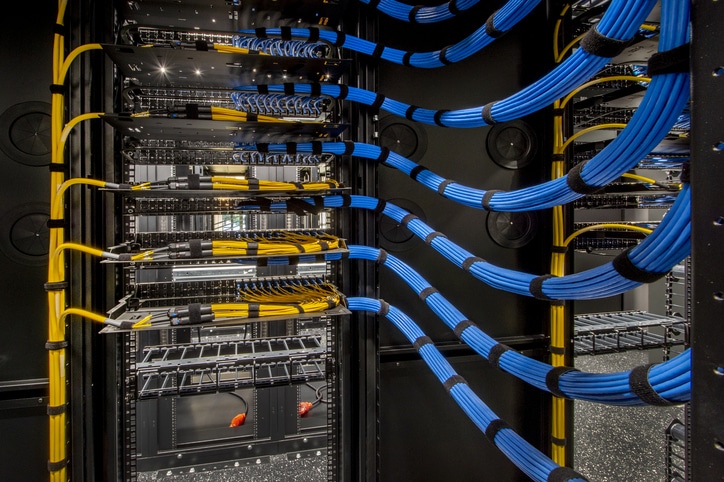Understanding and Complying with Structured Cabling Codes
Companies often end up with a mess of network cables and electrical wires just lying around, particularly in server rooms. This disorganized mess of cables presents a major fire hazard for businesses and is against NFPA and ANSI codes (specifically, ANSI/TIA-568).
A standardized cabling system is important for compliance with structured cabling codes and the safety of company assets and employees. Businesses should hire structured cabling experts to help with cable management and present them in a hierarchical design.
It is important for businesses that the structured cabling system isn’t specific to any particular application but can also be scaled to include more applications, letting the whole business take advantage of the system.
Why Was There a Need for Cabling Standards?
In the 1980s, the Computer Communications Industry saw a massive boost, and so standardized business cabling started becoming a pressing matter as the number of hazards it presented started to grow. At this time, the Computer Communications Industry Association (CCIA) asked the EIA to develop a standard for cabling.
As a result, the ANSI/TIA-568-C Cabling Standard was introduced in 1991. It was dedicated to commercial building telecommunications and helped companies create a safe and robust telecommunications network within the office building. Some key areas it addressed include;
- Structured cabling subsystems
- Minimum cabling requirements
- Installation methods and practices professionals should follow
- The lifespan of a cabling system (should exceed ten years)
- Topology and distances
- Recommended performance specifications for horizontal/backbone cabling
- Definitions, and more.
Over time, the ANSI/TIA-568-C configuration was subdivided into four categories;
- ANSI/TIA-568-C.0: Generic telecommunications cabling for customer premises
- ANSI/TIA-568-C.1: Commercial building telecommunications cabling standard
- ANSI/TIA-568-C.2: Balanced twisted-pair telecommunications cabling and components standard
- ANSI/TIA-568-C.3: Optical fiber cabling components standard
Today, structured wiring is the primary concern of almost every business and technology integration, whether it’s the internet or a telephone system, fax machine, server(s), or even the security system.
Structured Cabling: Different Wire Categories
The ANSI/TIA-568-C.2 is responsible for cabling and component specifications. To be code compliant, companies need to use one of the four recognized categories of Unshielded-Twisted-Pair (UTP) cable in their structured system.
Code suggests that every UTP cable should have an impedance of 100 ohms, ±15%, from 1MHz up to the maximum bandwidth supported by the cable. Based on their maximum bandwidth, these wires are given different categories;
- Category 3: 16 MHz
- Category 5e: 1000 MHz
- Category 6: 250 MHz
- Category 6A: 600 MHz
This standard makes it easy to understand which wire to use and for what purpose. However, understanding the very specific guidelines it offers requires extensive industry knowledge and technology solution expertise.
If you would like to learn more about the costs involved with being compliant with structured cabling codes (including getting you to a point where you can scale in the future without needing a major update), Americom is here to help. Get in contact with us today to discuss your project and get a FREE quote on your project!




